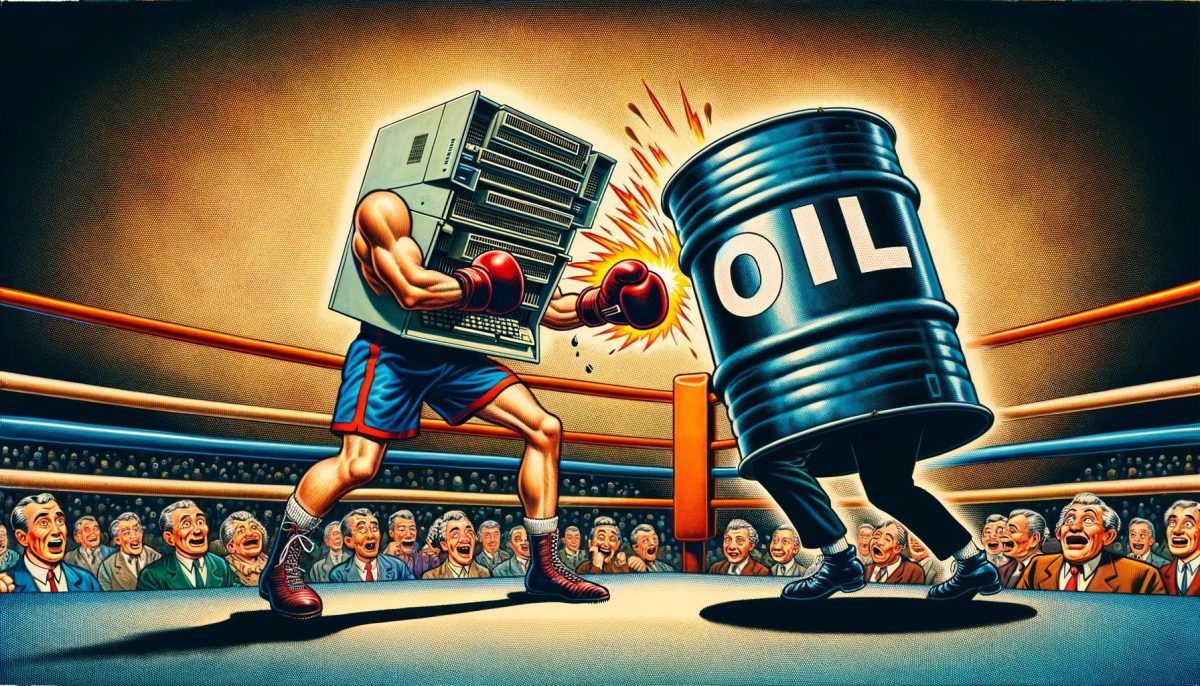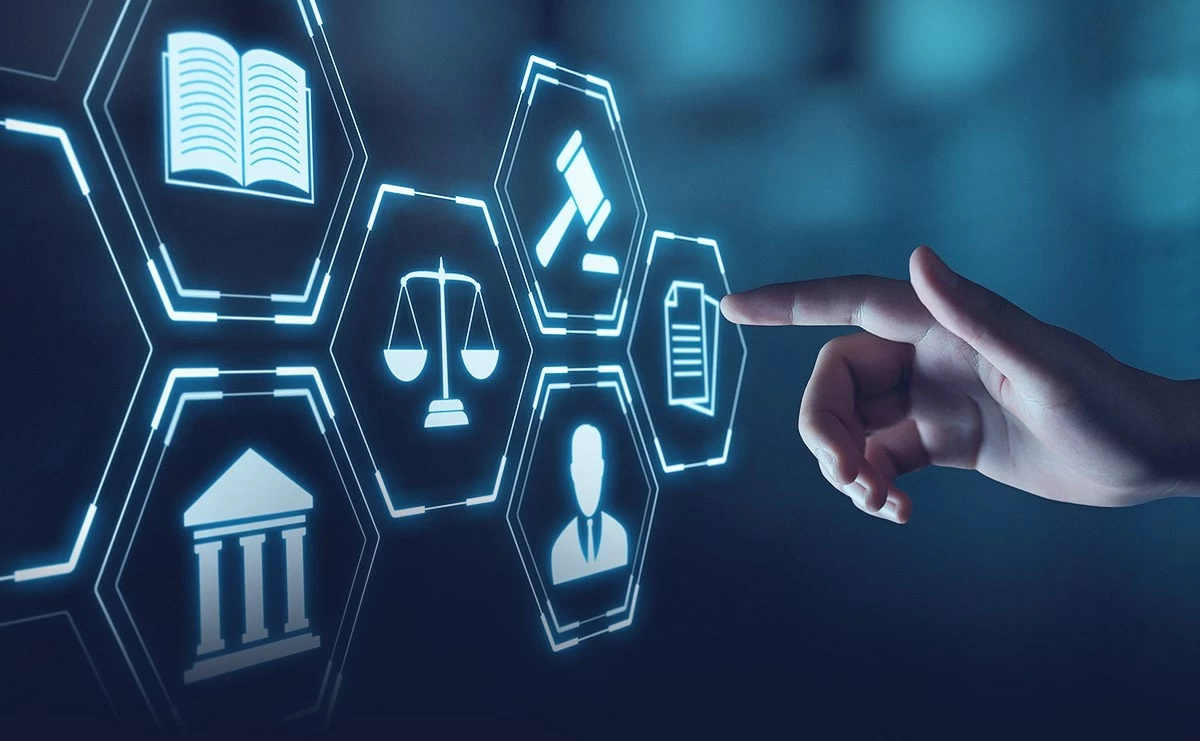The phrase ‘data is the new oil’ is an interesting one. Apparently first coined by Clive Humby (the ‘humby‘ of Dunhumby) in 2006 – it’s a neat sounding metaphor you won’t ever be far from someone offering if discussing the use, value or processing of the data industry. I want to try to provide a […]



